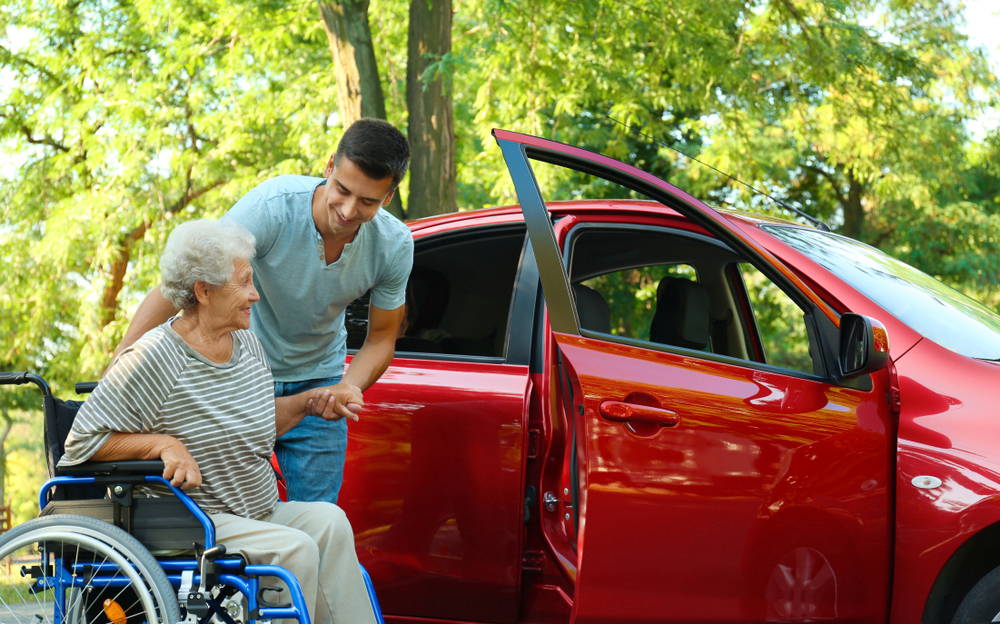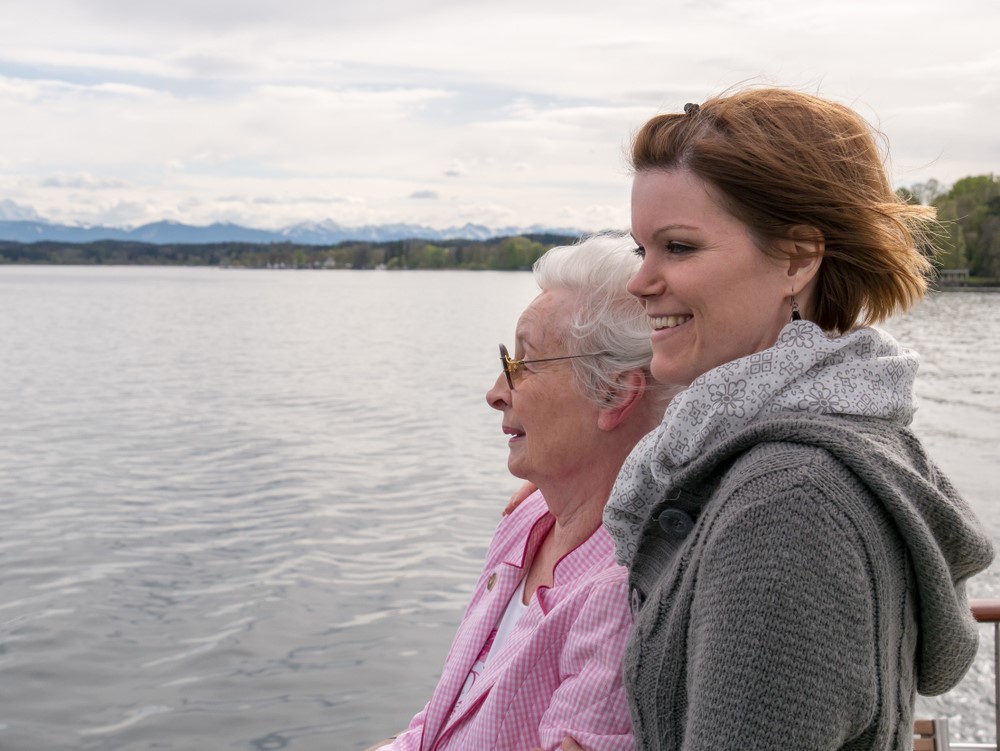
Aging brings with it many challenges and these are areas that caregivers often need to consider and adapt to. One particularly relevant topic is traveling with the elderly, particularly by car.
In the past, we’ve written about various transportation topics, including transportation and aging in place, modern transportation challenges and a three-part series on older drivers.
Realistically, the topic of transportation is a large one and it is also very important. For example, inadequate transportation can often contribute to senior isolation and may mean that seniors don’t have access to all of the services that they need.
But, in this post, we’re focusing on a different aspect of transportation – the idea of traveling with the elderly.
This topic mostly refers to cases where you may have the person in the car with you, either for a short trip (like to the doctor’s office) or a long one (such as visiting relatives in a different state). However, many of the considerations may also be relevant for other situations, such as traveling on an airline.
At the end of the day, traveling with the elderly is an achievable goal and it can often be a good experience for you and for them. However, planning ahead is absolutely critical.
1. Make Movement Easy
Getting in and out of the car can be a frustrating ordeal for many seniors. For example, the car will often be too low, which can be a major issue for any senior with joint problems.
Any issues with getting into and out of a car can have significant short-term and long-term implications.
In the short-term, this may make seniors more reluctant to go on trips, especially ones where they would need to enter and leave the car multiple times. It may also make them less willing to get out of the car, such as if you stopped for a meal or for a bathroom break.
In the long-term, such issues could easily result in isolation and make the senior less willing to leave the house. Likewise, there is also the risk that your family will hurt themselves when trying to enter or leave the car.
This doesn’t have to be a problem because there are multiple types of products that can make the transitions easier.
One such product is car handles, also sometimes called car canes. These are resilient tools that allow people to lever themselves out of cars with ease.
These tools can make a surprising difference and they have the advantage of being inexpensive, portable and extremely simple to use as well. Some people choose to carry the handle with them, while others may leave it for use in the car.
But, either way, they do make the process of movement that much easier. Another type of product is handles that go on the doorframe or the back of seats.
The underlying concept here is fairly similar, except that the person using them can pull down, rather than pushing. Which option works best is likely to depend on your specific situation and the person that you are traveling with. Often it may work best to have both, as this gives the senior the most options at any given time.
Additionally, having a portable option and another one that stays with the car is appealing so that you have a solution for any situation that arises.
2. Travel During the Right Time of the Day
In many cases, your family member may have more energy at some times of the day as opposed to others.
For example, my mother-in-law had considerable trouble with energy early in the day and would struggle to make any appointment that was before noon. Even if we could get her there, she would tend to be groggy and unable to think straight, especially if the appointment was in the morning.
As a result, traveling in the early afternoon often worked better.
This is likely to differ from one senior to the next. However, when you are traveling with the elderly, taking this into account is very important. Certainly, traveling first thing in the morning or late at night probably won’t work well.
3. Plan with the Senior

In many cases, involving your family member in the planning process can make a huge difference. In particular, many people are resistant to an idea if they feel forced into it. When that happens, the entire trip gets that much harder, especially if it is essential.
Ideally, it’s beneficial to give the senior the choice in how you travel and things like that. For example, they may favor a bus over Amtrak (or vice versa), or they may want to travel by plane.
Even if most of the aspects of your plans have to remain the same – it’s important to find some areas to involve your family member.
So, for example, you may have them help with planning where to eat or when to stop. Even a little bit of involvement can mean that your family member feels more in control and this can make the entire trip easier.
Additionally, planning may help you to identify other areas of potential issues that you hadn’t thought about previously.
4. Be Prepared for Emergencies and Issues
There are always things that can go wrong, regardless of your situation. As a result, it’s critical to plan ahead and be prepared for every contingency that you can think of.
For example, one significant issue when traveling with seniors is incontinence. Even if the senior isn’t incontinent, there is a risk that they will have an accident, especially on a prolonged trip.
One of the simplest ways to avoid issues is to have the senior wear incontinence briefs or pads. Thankfully, there is no shortage of options for any situation.
Having a spare change of clothes and wipes in easy access is also a good idea. It’s much better to have these items on hand in case anything goes wrong, even if you end up needing them.
Additionally, you may want to carry portable urination options, which do exist for both males and females. The idea isn’t going to be the most appealing to many people. Still, it is a better alternative than an accident, especially in the middle of a long car trip.
The same general idea is true for other areas too. For example, having your senior carry a GPS device may be relevant if they tend to wander. There are a number of such devices that can be attached to the belt or worn around the neck.
Likewise, it’s important to have a plan in place for if you or your family member gets lost for any reason. Even though this type of issue is unlikely, it’s much better to organize ahead of time, just in case.
5. Stick to Schedules, Whenever Possible

Traveling plays major havoc on schedules, especially if you have a long trip planned.
However, schedules can make things much easier for seniors, especially those with health conditions.
As a result, it’s important to try and keep to your normal patterns whenever possible.
So, for example, this might include stopping and unwinding in the evening, then sleeping at a regular time, rather than trying to drive through the night. Likewise, it may involve having meals at regular times, regardless of where you are.
To do so effectively, prior planning may be in order.
But, the process can make a large difference to everybody’s ability to cope and can help to reduce stress and tension.
Feeling Overwhelmed?
Check out our Caregiving Consulting service for personalized support and guidance.

Leave a Reply